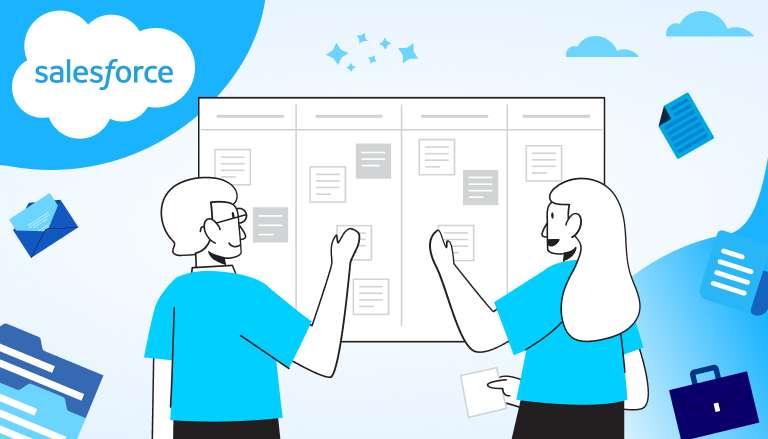
Are your company’s business processes way too complicated for just a single Salesforce organization?
Or do you want to divide business processes, directions, or units into different Salesforce organizations? This could involve a Salesforce org split, allowing for better management of data and operations across multiple systems.
Maybe your company is going through a merger and acquisition process when you need to work with an additional Salesforce organization, and you want to keep it separate?
When a company faces these kinds of challenges, it’s time to consider simultaneous usage of multiple Salesforce organizations, or Orgs for short.
- Best Practices and Use Cases for Integration Between Two Salesforce Orgs
- Obstacles to Beware During Salesforce Orgs Connection
- FAQs about Connecting 2 Salesforce Orgs
- How do you choose the right tool for integrating two Salesforce orgs?
- What tools are available for connecting to SFDC?
- What are the benefits of connecting two Salesforce orgs?
- How can data security be maintained during the integration of two Salesforce orgs or a Salesforce org split?
- What are the best practices for a successful Salesforce org integration?
- How does Salesforce org sync work?
- Can I merge Salesforce orgs myself, or should I get professional help?
- In Conclusion:
Best Practices and Use Cases for Integration Between Two Salesforce Orgs
For convenience, let’s imagine our 2 Salesforce orgs as below:
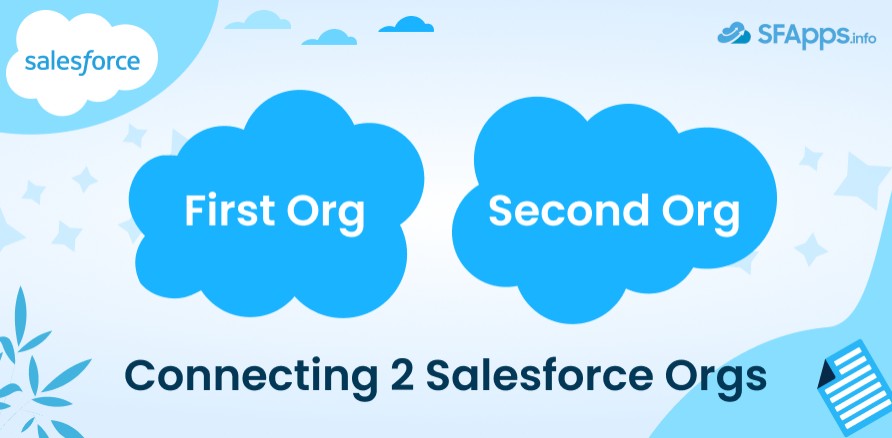
Managing two Salesforce organizations with the right tools can facilitate this process. Among the many available Salesforce tools for admins and developers, let’s take a look at the best practices in this field:
How to Integrate Two Salesforce Orgs
To integrate two Salesforce orgs, you can use methods like Salesforce Connect to link the orgs and share data without duplicating it. Another option is Salesforce to Salesforce, which lets you share records in real time. If you need more control, you can use APIs like REST or SOAP, which allow for custom integrations but require coding. Choose the best method based on your specific needs. Now, let’s explore various integration methods.
Option #1: Salesforce Connect
This native Salesforce connectivity tool allows you to connect 2 Salesforce Orgs and configure access to the Second Org data from the First Org through Salesforce org sync. The sync ensures that access takes place in almost real-time, automatically, without storing data inside the First Org. Setting up and administering the connection takes place inside the First Org.
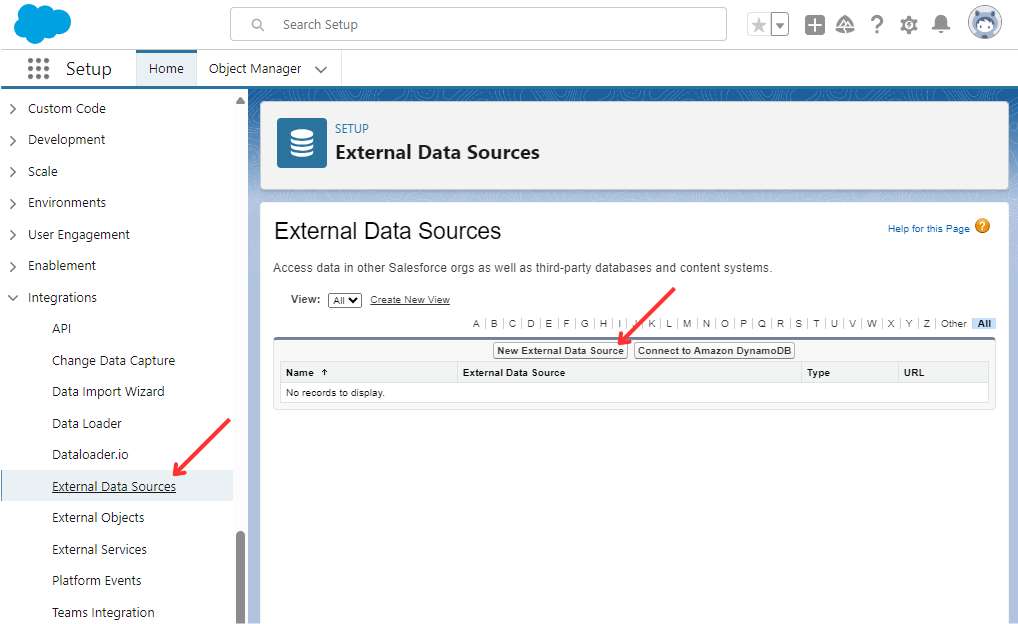
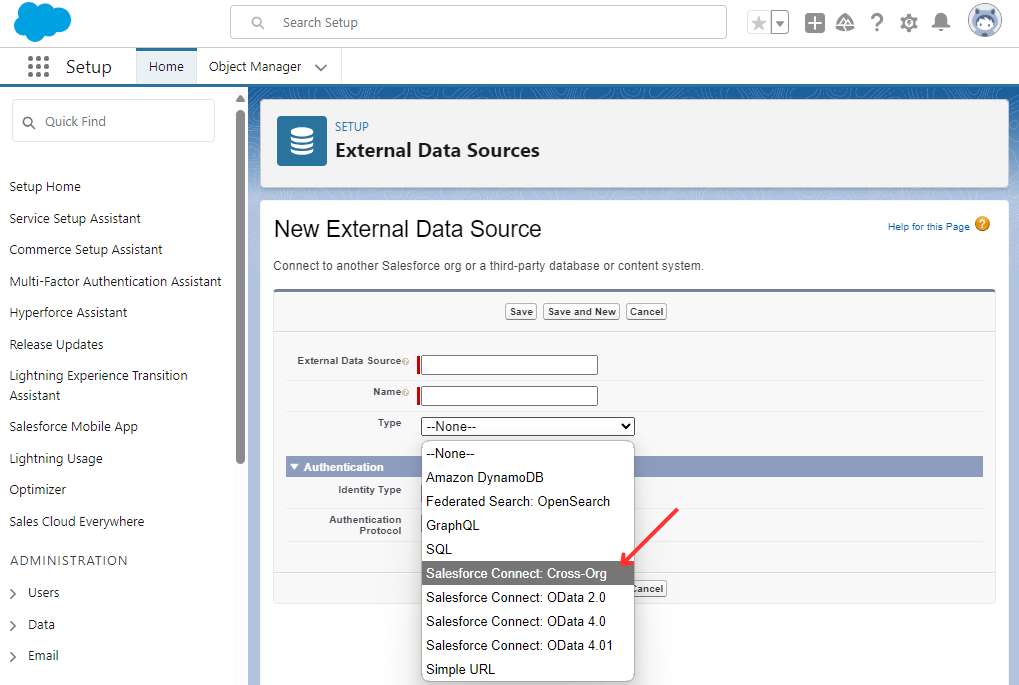
Use cases:
When a single company owns and manages both Salesforce organizations, and Data access can be configured without additional approvals from the other party. For example, a multinational corporation can unify customer data across regions, a healthcare network can share patient records, and a retail chain can synchronize inventory data, enhancing efficiency, data accuracy, and collaboration across business units.
Insight:
When integrating two Salesforce Orgs, it’s essential to consider the following issues and aspects:
- Data Synchronization: Determine how frequently and which data needs to be synchronized between the Salesforce Orgs.
- Security: Implement robust security measures to protect sensitive data during the integration process.
- Performance: Optimize the integration to ensure it doesn’t impact the performance of either Org.
- Error Handling: Develop mechanisms to handle potential errors and failures gracefully inside your Salesforce Org.
Option #2: Salesforce to Salesforce
Like Salesforce Connect, the native Salesforce to Salesforce tool allows you to connect 2 Salesforce Orgs and configure access to Second Org data from the First Org. But this method uses a different approach. Connection settings take place in both Orgs. Importantly, the settings of the Second Org determine exactly what information will be available in the First Org. According to the settings, data is shared from the Second Org and copied to the First Org. Changes of shared data are synchronized automatically. Additionally, settings are made in the Salesforce Classic Setup and have specific features. This method, like the one mentioned above, can be implemented by a Salesforce Administrator without the involvement of a Developer, which is more economically feasible for the company because the Salesforce admin salary is comparatively lower.
Salesforce 2 Salesforce
To connect 2 Salesforce Orgs, start by enabling it in both Orgs through Setup. Next, create a connection in the First Org using the Org ID of the Second Org, and accept the connection in the Second Org. Then, choose which data to share, like Leads or Opportunities, and define your sharing rules. Set up Inbound Messages in the First Org to map the data. Test the sync by creating records, and monitor the connection to ensure everything runs smoothly.
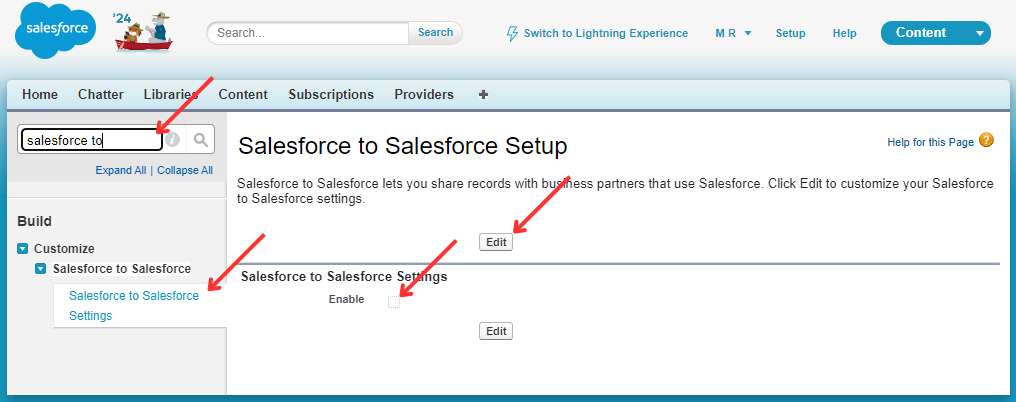
Use cases:
Two partner companies want to share records between their Salesforce organizations for the purpose of collaboration, but each company retains full control over the amount of data that is shared.
Option #3: REST and SOAP APIs
REST and SOAP APIs can be used for building custom integrations between two Salesforce orgs. They allow for data exchange and process automation, making them suitable for complex or specific data and process requirements. Unlike the previous methods, this method is more difficult to implement and requires writing Apex code, but, accordingly, it has wider possibilities. To connect to SFDC, these APIs enable deep customization and integration capabilities, allowing organizations to streamline operations and ensure accurate data flow between systems.
For example, creating an integration through REST API generally requires the following steps:
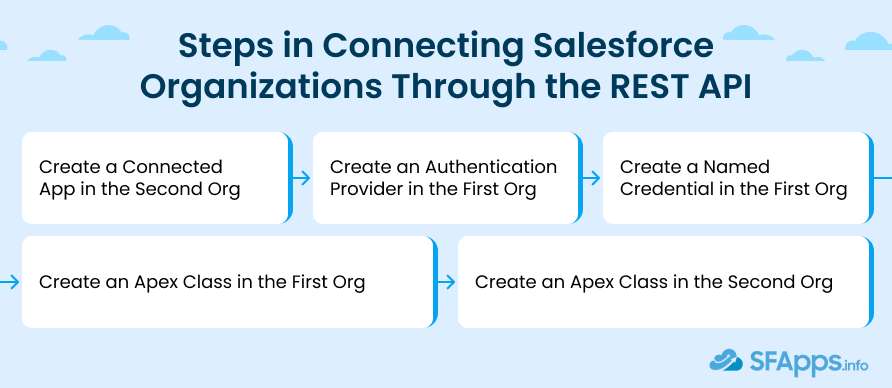
Use cases:
Complex, custom integrations, integrations with specific business requirements, or integrations performing specific business processes.
Option #4: Middleware Solutions
There is a wide spectrum of off-the-shelf middleware solutions on the market, which can be used to integrate two Salesforce organizations, and Salesforce org sync is one of the most effective methods for ensuring seamless data synchronization and real-time access between the two systems. For example:
- MuleSoft – a Salesforce company, provides a unified platform for connecting applications, data, and devices with API-led connectivity;
- Jitterbit – offers an AI-infused, low-code platform for integration, orchestration, and automation;
- Informatica – delivers comprehensive data management solutions, including data integration, quality, and governance;
- Talend – provides a scalable data management platform that combines data integration, quality, and governance in a single, low-code solution;
- Boomi – offers a cloud-based integration platform that connects applications, data, and processes;
- Gearset – specializes in Salesforce deployment and continuous integration, simplifying the release management process;
- Heroku Connect – part of the Salesforce ecosystem, synchronizes data between Salesforce and Heroku Postgres, enabling real-time data integration and consistency;
and others.
These tools are designed to implement complex enterprise-level integration projects with a high need for scalability and flexibility, especially when such integrations involve other external systems or databases outside of Salesforce.
Technical implementation of such integrations is individual and depends on the chosen solution.
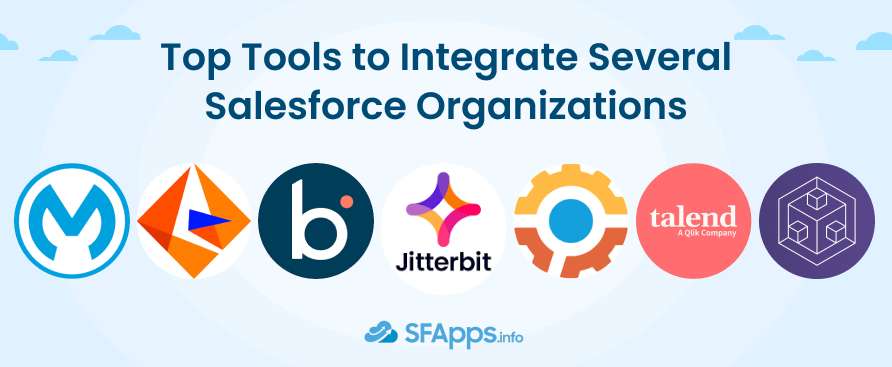
Use cases:
First of all, it is advisable to use such solutions when large and complex integrations are necessary, for which the methods listed above are not sufficient. For example, when integration takes place with the participation of third-party services or databases, or the need to change data in real-time, consolidate data from different services for the purpose of analytics.
Option #5: Change Sets
Change Sets, a native tool for integrating two Salesforce organizations, deserves special consideration. Unlike the previous tools, aimed at data exchange, Change Sets is a tool for exchanging metadata, i.e., settings and customizations of the Salesforce organization. It is a simple tool that allows you to conveniently transfer changes made in the First Org (Sandbox organization) to the Second Org (Product organization). It is a basic development tool that includes strict connection settings for the purpose of transferring changes, and a procedure for acceptance and testing of received changes before they are applied.
It should be noted that not all changes can be included in a Change Set: Components Available in Change Sets.
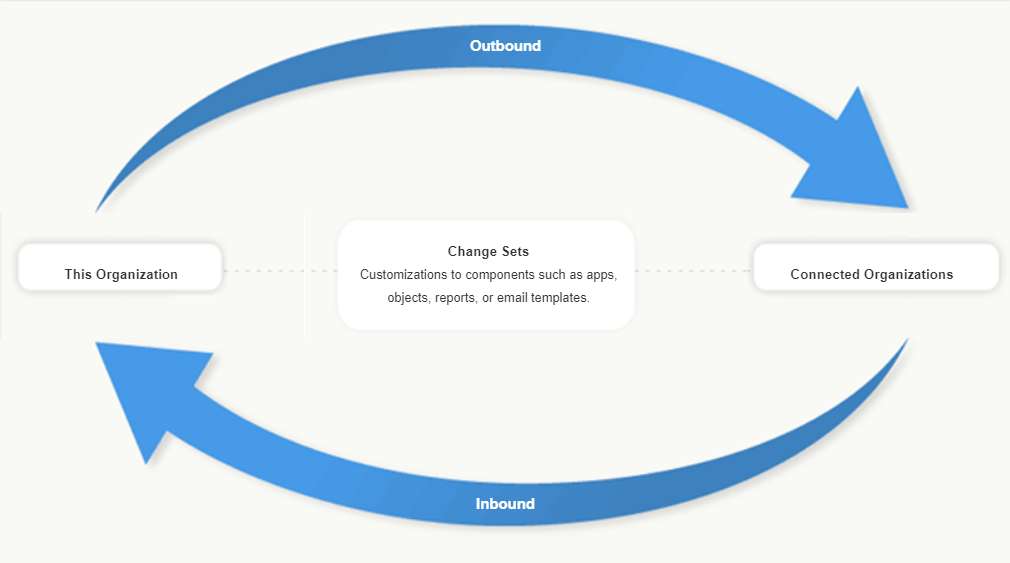
Setup from Second Org (Production organization), where we should allow inbound Change Sets from Sandboxes based on this Production org:

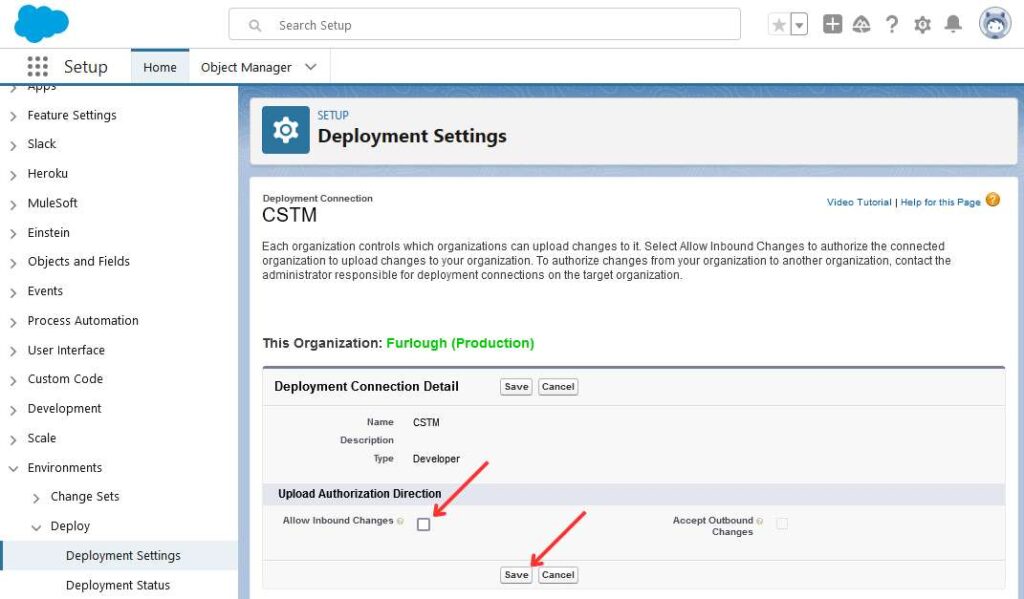
Setup from First Org (Sandbox organization), where we can now create our first Change Set:
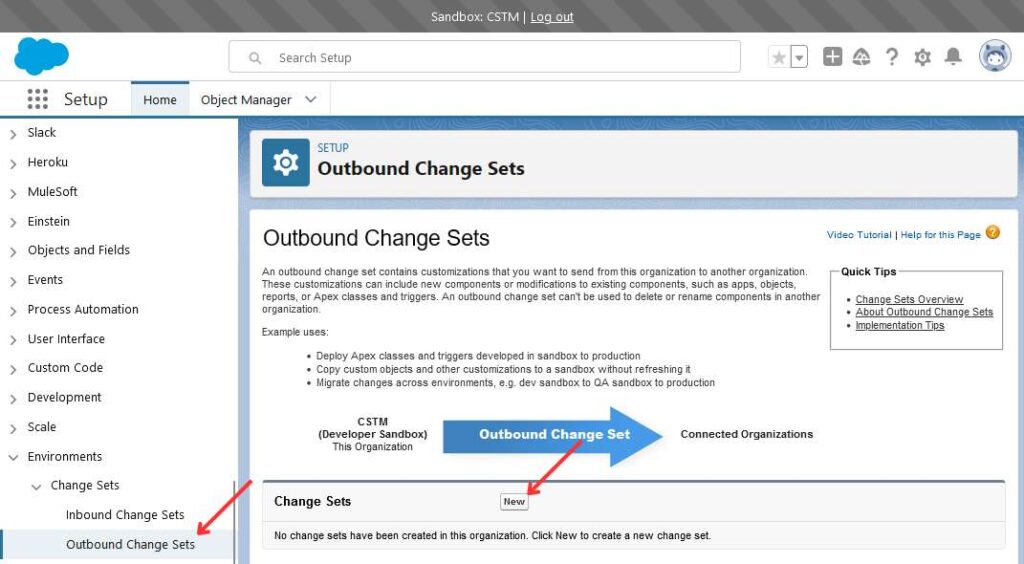
Use cases:
This tool is designed for uncomplicated deployment tasks, and its convenience and ease of use facilitate simple tasks of configuration and customization of organizations. This allows you to create and test the necessary changes in a separate environment of Salesforce, connect Orgs for Change Set, and then conveniently deploy them to the working organization.
Obstacles to Beware During Salesforce Orgs Connection
When connecting two Salesforce organizations, several obstacles can arise, which may include, but not be limited to the following:
- Data synchronization issues, such as inconsistent data formats and duplicate records, can complicate integration.
- Security concerns, including data privacy and access control, must be meticulously managed to prevent unauthorized access.
- Differing customization and configuration settings between orgs can lead to conflicts and errors.
- Performance impacts, especially with large data volumes, can slow down operations.
- Ensuring compliance with regulatory requirements across different regions can add complexity.
Addressing these challenges proactively is crucial for a smooth and secure Merge Salesforce orgs process. These issues could be prevented by the involvement of relevant specialists through our Salesforce admin services.
Keeping Multiple Salesforce Instances in Sync
Maintaining synchronization between multiple Salesforce instances is a crucial challenge during the connection process. It’s essential to ensure that updates in one org are accurately reflected across all others to prevent data inconsistencies. You can achieve this by using tools that enable seamless data sharing between orgs. Regular synchronization checks and real-time updates help avoid errors and keep all your data consistent.
FAQs about Connecting 2 Salesforce Orgs
How do you choose the right tool for integrating two Salesforce orgs?
Choosing the right tool depends on factors such as the complexity of your integration needs, budget, existing technology stack, and specific features required, such as real-time data synchronization or ease of use.
What tools are available for connecting to SFDC?
Salesforce offers several tools for connecting to SFDC, including Salesforce Connect, REST, and SOAP APIs, and external services. Depending on your needs, you can select the most appropriate method – whether it’s simple integrations with external systems or complex, customized API solutions.
What are the benefits of connecting two Salesforce orgs?
Connect 2 Salesforce orgs to enhance data consistency, streamline business processes, improve collaboration across departments, and provide a unified view of customer data.
How can data security be maintained during the integration of two Salesforce orgs or a Salesforce org split?
Data security can be maintained by implementing robust access controls, encryption, regular security audits, and adhering to Salesforce’s best practices for data protection.
What are the best practices for a successful Salesforce org integration?
Best practices include thorough planning, ensuring data quality, using reliable integration tools, conducting regular testing, and maintaining clear communication between teams involved in the integration process.
How does Salesforce org sync work?
Salesforce org sync works by creating a connection between two Salesforce orgs, typically through built-in tools or middleware. Data is shared automatically between the orgs based on configured settings, allowing real-time updates. No data is physically stored in the source org; instead, it’s accessed and updated dynamically from the destination org.
Can I merge Salesforce orgs myself, or should I get professional help?
While it is technically possible to merge Salesforce orgs by yourself, it is highly recommended to involve a Salesforce professional or consultant, as the process can be complex and involves data migration, configuration alignment, and ensuring that business rules and security settings are maintained.
In Conclusion:
In this article, we have explored some of the best and most popular existing practices for how to integrate two Salesforce Orgs. Beyond the methods discussed, there are numerous other tools that can serve different types and processes of integration and data exchange between two Salesforce organizations. From full real-time integration to periodically sync data between two Salesforce Orgs. The selection, setting, and customization of the appropriate integration method should first and foremost start with a comprehensive assessment of the specific needs, features, and purpose of such integration, that can be facilitated by involving relevant specialists within Salesforce admin services. It should also not be forgotten that any integration requires careful planning around data management policies and a clear understanding of product licensing implications.

Dorian is a 6X Certified Salesforce Developer and Administrator with a start in the IT world as a CRM Admin in 2020. Since diving into Salesforce in 2021 via Trailhead and Focus on Force, he has achieved a Ranger Rank, earned several Superbadges, and bagged certifications including the Salesforce Certified Administrator, Platform App Builder, Associate and Platform Developer I by 2023. In 2024 he also became Salesforce Certified AI Associate and earned Certified AI Specialist Certification in 2025. Dorian is very keen on continuous learning, always looks for fresh ways to improve his knowledge. He enjoys running, boxing, kickboxing and reading diverse kinds of books in his free time.


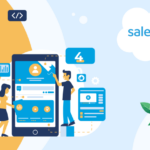 Previous Post
Previous Post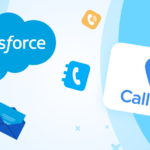 Next Post
Next Post